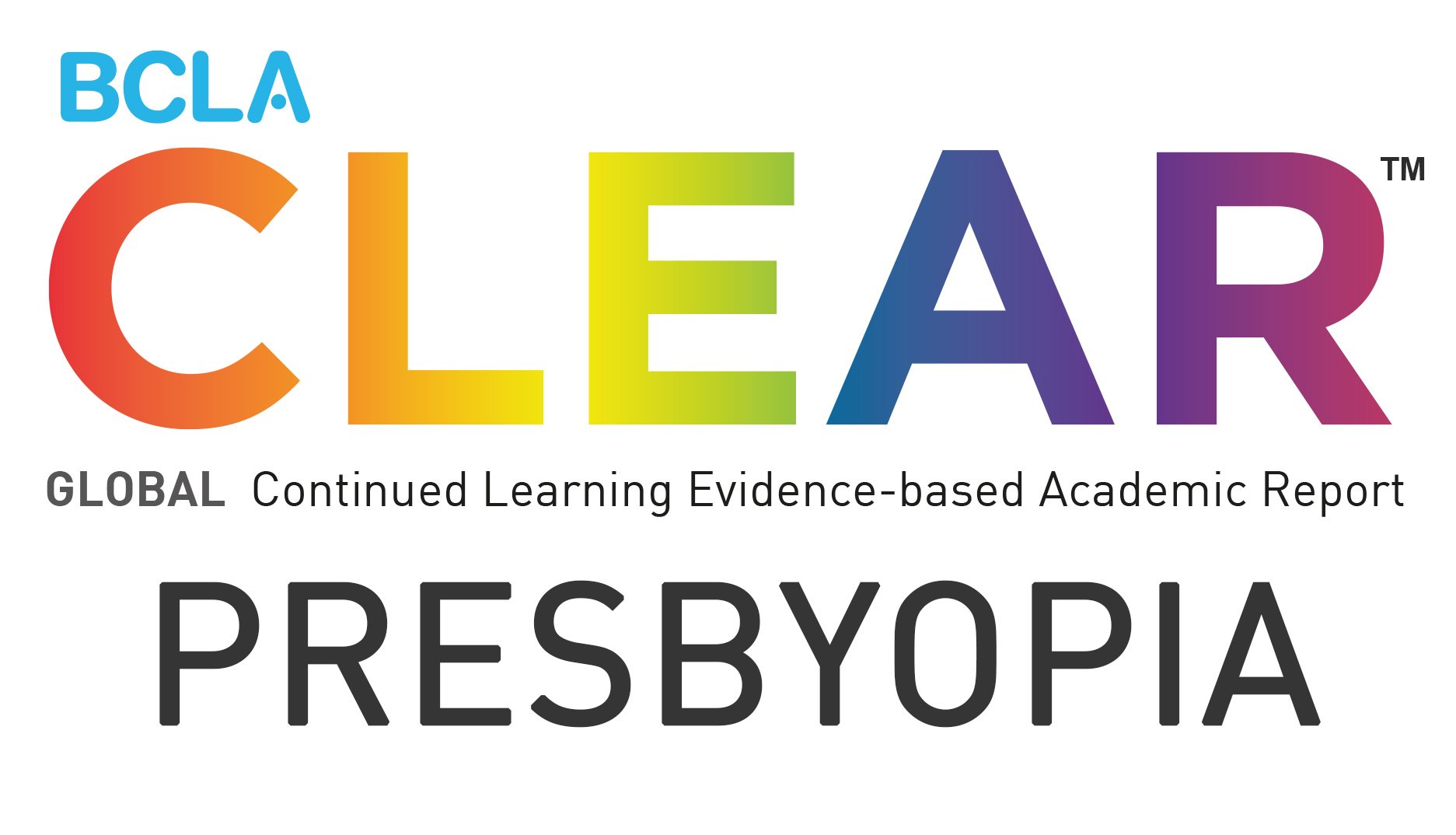Take 5 with Professor Philip Morgan

Professor Philip Morgan
As previously reported, the British Contact Lens Association (BCLA) has published the first in a series of eight papers for its CLEAR (contact lens evidence-based reports) on presbyopia – BCLA CLEAR presbyopia: management with contact lenses and spectacles.
BCLA CLEAR Presbyopia follows the BCLA CLEAR Contact Lenses series of papers published in the April 2021 issue of Contact Lens & Anterior Eye, and its co-leads are Professors Philip Morgan, James Wolffsohn and Shehzad Naroo.
Dispensing Optics editor, Nicky Collinson, talks to Professor Morgan to find out more about the initiative and its relevance to ABDO members…
NC: Why is it important for ABDO members to read this – and all future – BCLA CLEAR Presbyopia papers?
PM: Our goal with the BCLA CLEAR papers, both in the current presbyopia initiative and previously with our review of current contact lens information, is to provide the latest evidence on a wide range of important ophthalmic issues. We produce highly detailed, comprehensive papers, which go into considerable depth on these topics in a way which will bring the reader right up-to-date with key clinical information.
For BCLA CLEAR Presbyopia, which was led by Professors James Wolffsohn and Shehzad Naroo in addition to myself, we published a call for interested authors towards the end of 2022 and by early 2023, 84 authors from 19 countries were organised into seven paper-writing teams, and were charged with reviewing specific areas of the relevant scientific literature under the direction of a paper lead. This is a fully international endeavour, and most of the authors were dispensing opticians, optometrists and ophthalmologists with a history of scientific writing.
NC: How will this support ABDO members in their day-to-day clinical practice?
PM: Our hope is that summarising thousands of scientific publications into our seven main papers will be of use for our colleagues working in clinical practice. In addition, I see this very much as a curation exercise. Our panels of reviewers have worked hard to not only distil the key findings from the literature into the key topic areas we selected, but also provide guidance on which information is especially robust and where information might be lacking or of poor quality.
There is a lot of detail there, and working through the papers may take some time, but for those in clinical practice, education or research, all the latest information will be right at their fingertips.
 NC. The initial paper concludes that there is “a paucity of evidence underpinning many of the decisions which are made around the clinical management of presbyopia with spectacles and contact lenses”, particularly spectacles. What would you say are the most important areas of research into the spectacle management of presbyopia?
NC. The initial paper concludes that there is “a paucity of evidence underpinning many of the decisions which are made around the clinical management of presbyopia with spectacles and contact lenses”, particularly spectacles. What would you say are the most important areas of research into the spectacle management of presbyopia?
PM: I was surprised to learn of the relative lack of information about the spectacle correction of presbyopia in particular. As someone with a contact lens background, there are still many questions to be answered about the best approaches to contact lens patient management in presbyopia. Many of the key issues are addressed in the literature.
This is much less the case for spectacle lenses and it would be very helpful to see independent reports on the comparative performance of spectacle lens designs, and evidence around how such lenses should be dispensed and how this should all be best communicated to patients.
I was very fortunate to have Dr Alicia Thompson and Alex Webster from ABDO as part of my group – and their work bringing together what is known in the spectacle lens field is a particular highlight of our paper.
NC. The BCLA CLEAR reports are created by multiple authors around the world working collaboratively. How does this help strengthen the evidence and conclusions provided?
PM: Our aim with the overall project was to construct teams of authors who had contrasting and complementary skills and research backgrounds. Although the writing was shared between the various authors, there are multiple levels of checks and balances within the author groups and, indeed, an in-depth ‘harmonisation’ process by all the paper leads to ensure that the information was accurate, unbiased and comprehensive. This was only achievable by having these large collaborative groups – and we are delighted with the outcome from the initiative.
NC. How will this research project feed into improvements in outcomes for presbyopic patients?
PM: Whilst the work aimed to provide all the latest information around all areas of presbyopia, we also pointed to deficiencies in our evidence base. I hope that the acknowledgement of these areas will spur on our clinicians, researchers and companies to fill the voids so we can improve our clinical knowledge across the board and, in time, offer better care to presbyopic patients.
Learn more about BCLA CLEAR here.